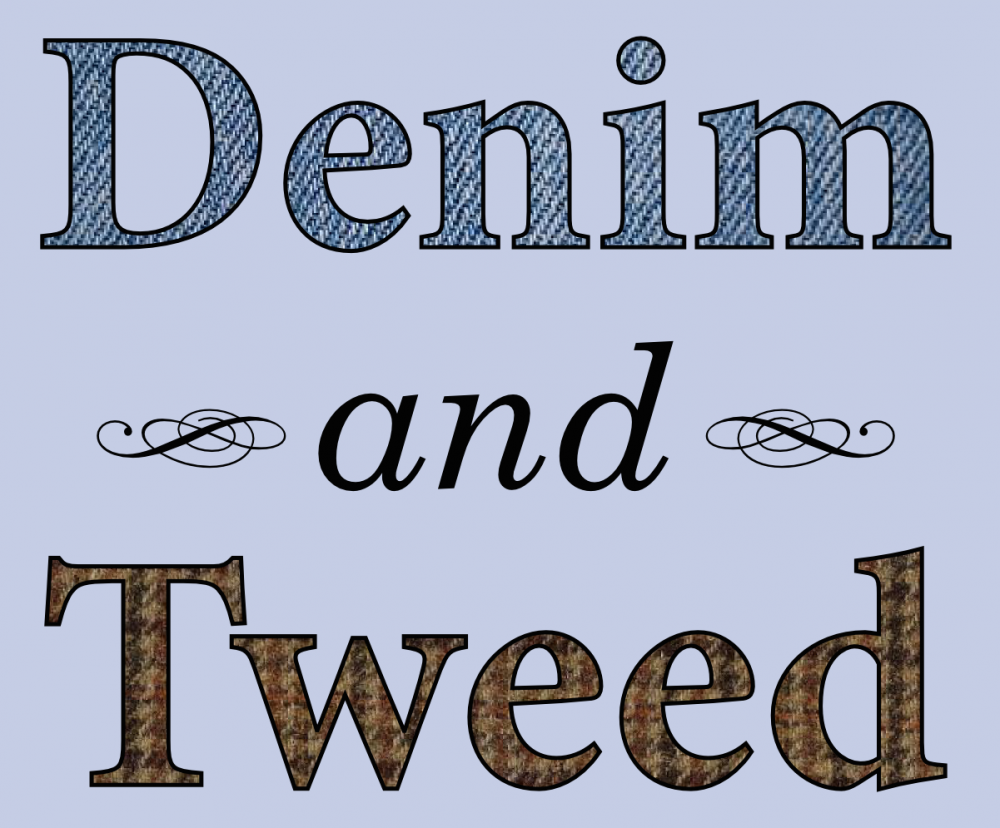 It was probably about as easy to find photos of bears as it is to find research papers about them. Photo by Barbara.
It was probably about as easy to find photos of bears as it is to find research papers about them. Photo by Barbara.- This week, at Nothing in Biology Makes Sense! Do sloths benefit from carrying around poop-eating moths?
- And, at The Molecular Ecologist: Readers explain their views for and against anonymous peer review.
- Because non-monophylly. Manta rays aren’t a thing anymore.
- Wow. Actually, Americans are pretty strongly agreed on climate change.
- But mostly: big garbage is still garbage. An itemized list of problems with big data.
- With a little help from William Hamilton’s aunt. A look back on the kin selection controversy.
- And training. Reflections on the biology of marathon running.
- Welcome to Global Change. The North American Plains are being converted to farmland like never before—just as farmers in Minnesota are discovering they need irrigation for the first time.
- Makes sense. The gut microbiome of tropical forest ants shifts with their diet.
- Scientists are people too. And people like bears, apparently.
◼









